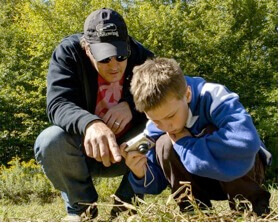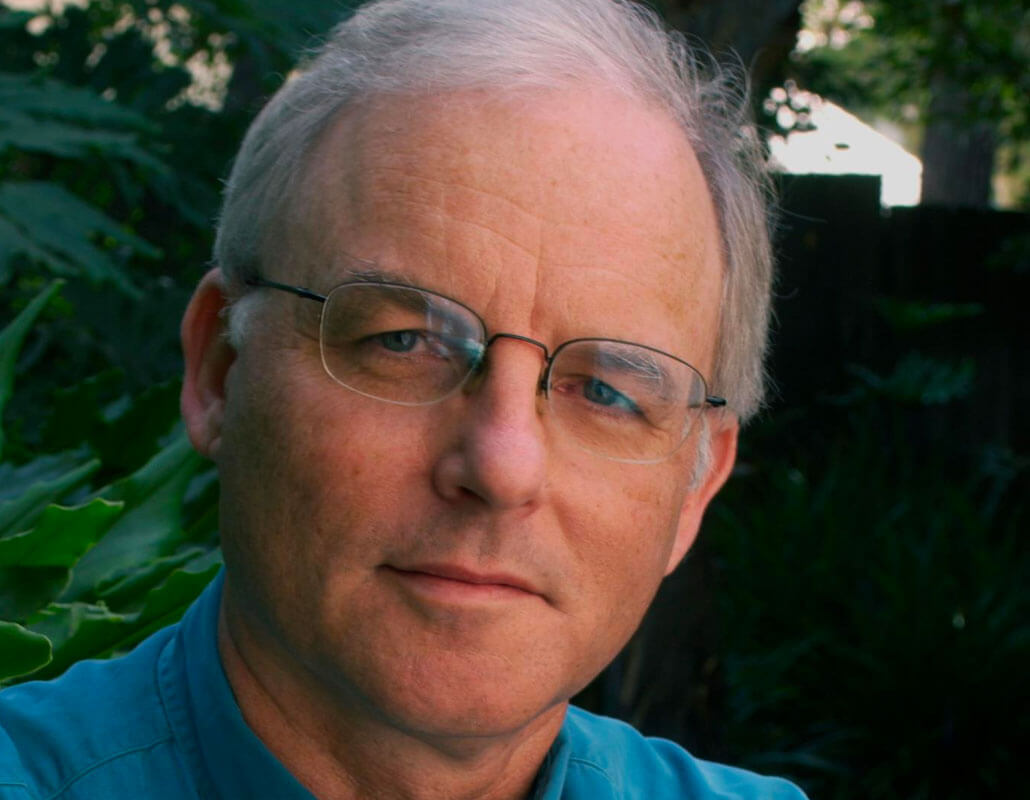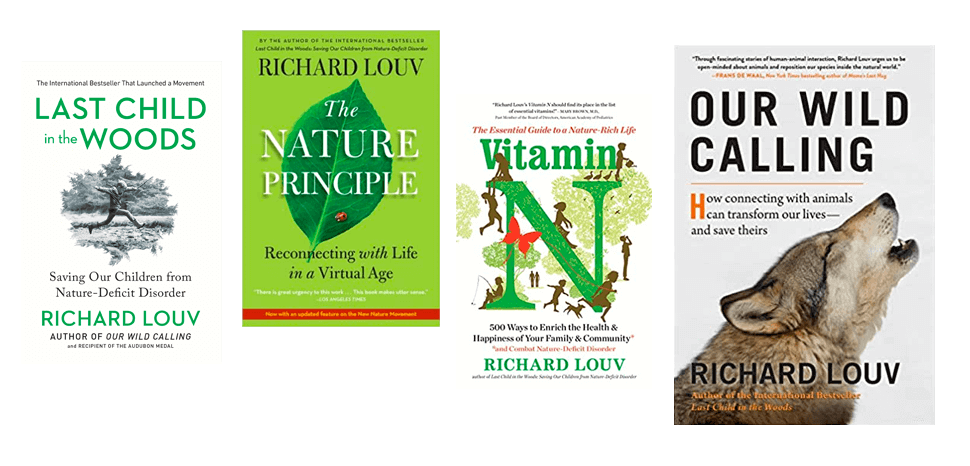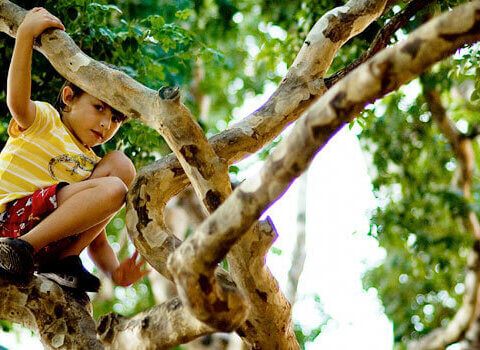THE CONSERVATION OF CONSERVATION — and the Rejuvenation of Conservationists
At a dinner one night in 2006 at Royal Roads University in British Columbia, Bob Peart, a well-known wildlife biologist, spoke to a group of conservationists and scientists from around the province. He described the despair with which such scientists and other conservationists live, often unstated, as they watch the nature they love slip away. He told how a friend, overwhelmed in part by that relentless sense of loss, had taken his own life.

As Bob told this story, he choked back tears. And then wept.
On Sept. 22, a Canadian national newspaper, The Globe and Mail, described his journey from despair to hope: “After spending more than 30 years engaged in environmental battles, working both inside government as a chief of staff and outside for NGOs, Bob Peart was feeling physically and emotionally beat. So he took a break – and he might not have returned to the fray if he hadn’t been inspired by a book that reminded him of the joy children experience playing outdoors.”
Bob’s statement was personally gratifying because the book was Last Child in the Woods, but more importantly, he rolled up his sleeves and went to work. With the help of Canadian artist Robert Bateman and others, he launched the Child and Nature Alliance of Canada, and has worked tirelessly for the cause. As The Globe and Mail reports, “Now Mr. Peart, 64, is poised to make a comeback as the new executive director of the Sierra Club of British Columbia, starting Oct. 15.”
Bob Peart is not alone. His experience illustrates one way to support the conservation of conservationists – and the preservation of conservation itself.
The children and nature movement and its extension, the new nature movement, which is about creating a nature-rich future, has given wildlife biologists, park administrators, environmental educators and others a new or sharpened set of tools. Among them:
1. The children and nature movement offers conservationists a powerful new way to make their case. We see news story after news story about people and organizations that have galvanized public and political support to protect or create urban parks, school gardens and environmental education budgets – by pointing to the real threat of nature-deficit disorder on human psychological and physical health, and to children’s ability to learn.
2. The movement is helping build and strengthen the long-term conservation ethic. Past studies show that adults with such an ethic fell in love with the natural world when they were children. What happens if the lives of young lives are defined more by the virtual than the real? Among other groups, land trust organizations have realized that, unless future generations learn to love the land, then the legal agreements to preserve land won’t be worth the paper on which the contracts are written. The children and nature movement is, in a sense, a form of insurance, a way to ensure that future generations will value the nature that conservationists have worked so hard to preserve.
3. Connecting children to nature will increase the diversity of conservationists. Today’s conservation and environmental organizations tend not to look like the face of America. The children and nature movement can do better. It could expand ways to engage inner-city residents and the young at a faster rate. By emphasizing the human right to the health and cognition benefits of time spent in nature — whether in wilderness or cities — the children and nature movement can broaden the case for environmental justice.
4. The children and nature movement brings people to the same table who usually don’t want to be in the same room. In a polarized political, social and religious climate, this issue has a special, almost primal power to bring people together. We see local, regional, state, national and international campaigns bringing liberals, conservatives, pediatricians, businesspeople, environmentalists policy makers, parents, grandparents and young people come together to assure that future generations will experience the joys of the natural world.
5. Overall, this new nature movement gives fuel to those, such as biophilic designers, who want to extend environmentalism and sustainability to a vision of a nature-rich future – with nature-rich homes, schools, neighborhoods, workplaces, cities. It offers an antidote to despair.
Ron Swaisgood, a San Diego conservationist often credited with helping save the giant panda from extinction, has, like Bob Peart and others, found a parallel calling: a new devotion to an endearing species — the endangered human child in nature. In the journal BioScience, Swaisgood and fellow conservationist J.K. Sheppard have written, “If we do not embrace hope, we risk falling into the vicious cycle of ‘learned helplessness….” As for the human disconnect from the rest of nature, they ask, “Who better to meet this challenge than conservation professionals? If conservation professionals do not answer this call to action, who will?”
A strong conservation movement is essential to connecting people to nature. Likewise, the preservation of nature depends, in turn, on the success of the children and nature movement. As we grow this movement, the funding pie – for the conservation of all species, including humans, will grow.
The three great environmental challenges of our time – climate change, the threat of biodiversity collapse and the disconnect between humans and nature — are intertwined. We cannot do much about one without addressing the others. Groups such as the Wilderness Society, Audubon, Nature Conservancy, Ducks Unlimited, the Trust for Public Land and other environmental and conservation groups have made great strides in recent years to connect future generations to nature. And their support is growing for the conservation of conservation through the rejuvenating cause of connecting children to the natural world.
A Veteran Voice in the Wilderness Takes Charge at B.C. Sierra
The Children and Nature Alliance of Canada
The culture of conservation biologists: Show me the hope!
Hope springs eternal: biodiversity conservation requires that we see the glass as half full
Reconnecting people to nature is a prerequisite for the future conservation agenda
-
Network News
POLICY UPDATE: Policy and advocacy for the children and nature movement
-
Voices
Binoculars, bald eagles and my journey as a Black birder
-
Richard Louv
THE WONDER BOWL: Ten Spring and Summer Nature Activities for Kids and Adults
-
Network News
Minneapolis Spotlight: The promise and possibilities of parks for youth
-
Voices
Why nature is my motherhood ally





Commentaries on the C&NN website are offered to share diverse points-of-view from the global children and nature movement and to encourage new thinking and debate. The views and opinions expressed are those of the author(s) and do not necessarily reflect the position of C&NN. C&NN does not officially endorse every statement, report or product mentioned.